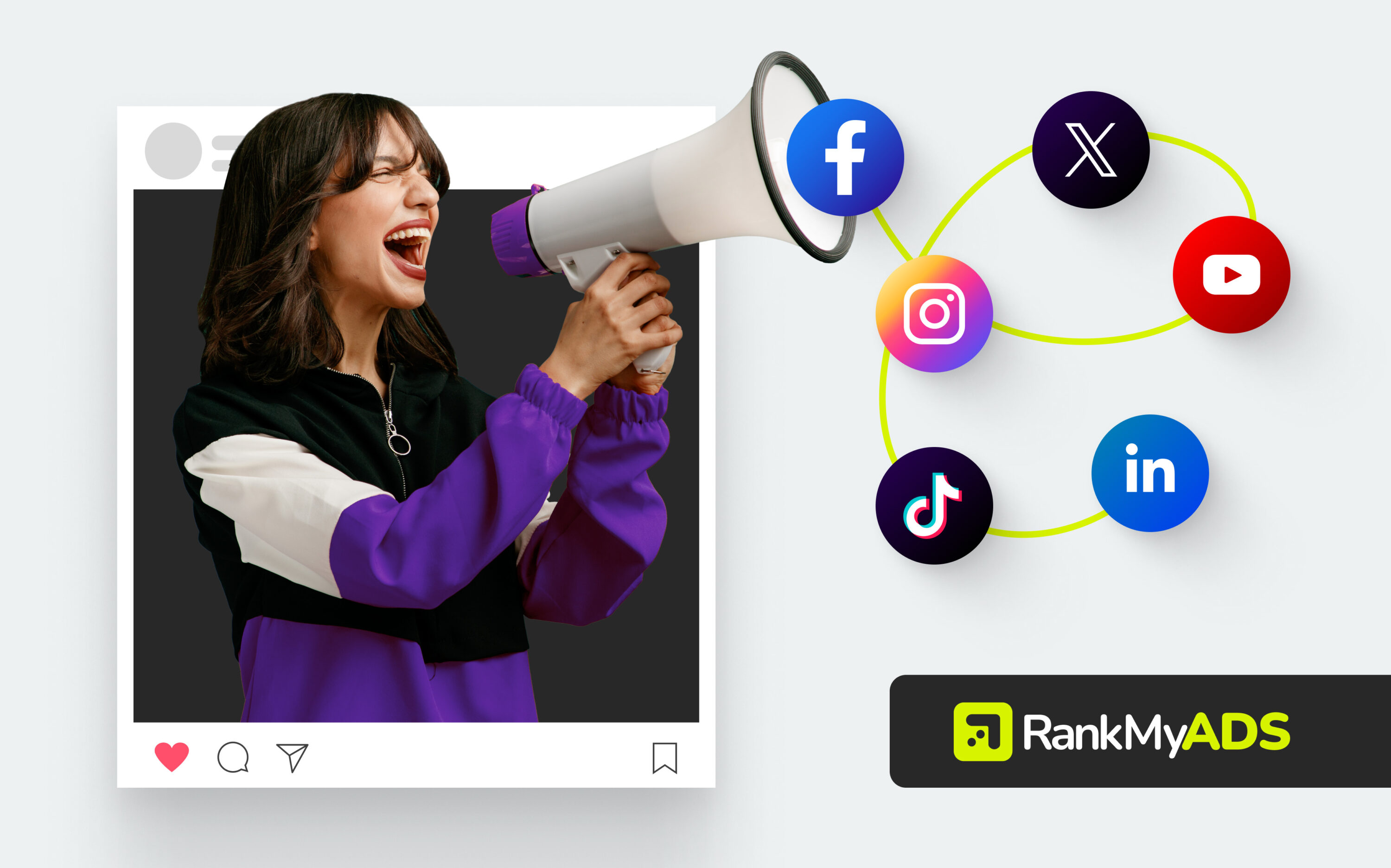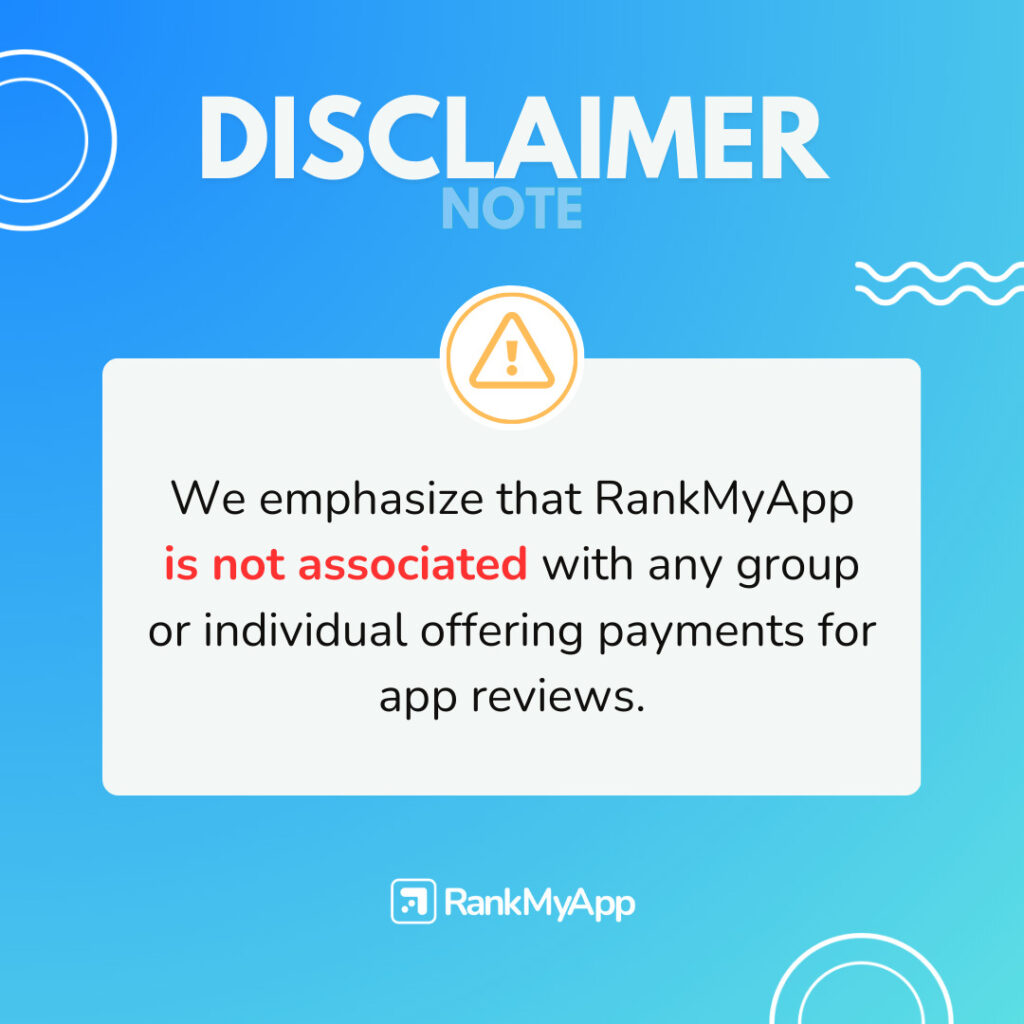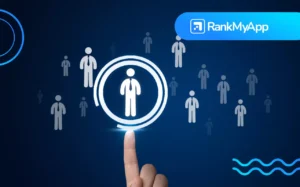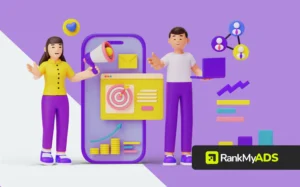From the first moment a user comes across an ad on social media to the moment they decide to make a purchase, each interaction plays a role in the decision-making process. Social networks, with their massive reach and highly precise targeting capabilities, offer a powerful platform for attracting attention, engaging audiences and eventually converting leads into customers.
Social media ads are not just a means of promoting products or services, but a strategic tool that, when used well, can guide users through every stage of the sales funnel. Whether through content that introduces a brand to new audiences or ads that re-engage users who have already shown interest, social networks offer the flexibility needed to adapt messages to the right stage of the consumer journey.
What is the sales funnel?
The sales funnel is a representation of the process a potential customer goes through until they become a paying customer. It is generally divided into three main stages: awareness, consideration and conversion. Each of these stages requires a specific marketing approach to move leads from one phase to the next effectively.
Awareness: At the top of the funnel, the aim is to attract the attention of people who don’t yet know your brand. Here, the focus is on creating visibility and generating initial interest.
Consideration: In the middle of the funnel, leads are aware of your brand and begin to consider your offers. The goal is to nurture these leads by providing information that will help them make a decision.
Conversion: At the bottom of the funnel, the aim is to turn qualified leads into paying customers. Here, the emphasis is on facilitating the purchase decision with clear CTAs and irresistible offers.
Now that we understand what the sales funnel is, let’s see how social media ads can impact each of these stages.

Awareness: Building the first impression
At the top of the sales funnel, the mission is simple: to make people aware of your brand. At this stage, your audience doesn’t yet know who you are, what you do or why they should care. This is where social media ads come into play, presenting your offer to a wider audience and piquing their interest.
With targeting tools, you can direct your ads to people who, based on demographics, interests and behaviors, are most likely to be interested in what you offer. This means that even if someone has never heard of your brand, you can still reach exactly those who need it.
First impressions are everything.
When someone scrolls down the feed, your ad needs to stand out, be interesting enough to make them stop and take a look. This means that visuals are important – striking images and short videos can make all the difference.
But don’t forget the words: your message must be clear and direct, something that tells the user in a few seconds why they should pay attention.
At this stage, you’re not trying to sell anything yet. Your aim is simply to arouse curiosity and make your brand stick in people’s minds.
To find out if your ads are really having an effect, you need to measure the results. At this stage of the funnel, the metrics that matter most are impressions, reach and engagement. These metrics will show you how many people saw your ad, how many of them were interested enough to interact in some way, and how far your message reached.
With this data in hand, you can adjust your strategies and ensure that your brand is becoming known to those who really matter.

Consideration: Nurturing and engaging leads
After their first contact with your brand, potential customers enter the consideration phase. At this stage, they are beginning to explore their options and assess whether your offer is really what they need.
Here, the aim is to nurture these leads by providing valuable information that will help them make an informed decision and, at the same time, create a stronger connection with your brand.
In the consideration phase, it’s important that you refine your segmentation even further. This means looking at how users have interacted with your content so far. Perhaps they have visited your website, watched a video or clicked on a previous ad.
These behaviours show that they already have some interest, and now it’s time to personalize your approach even further. Creating custom audiences based on these interactions allows you to send more relevant messages that resonate with what these leads have already shown an interest in.
At this stage, your social media ads should focus on educating leads about your offer.
They already know who you are – now they want to understand how you can help them.
This could mean sharing detailed guides, step-by-step tutorials, case studies that show how other people have benefited from your product, or comparisons that highlight your advantages over the competition. The aim here is to show value by clearly explaining how your solution solves specific problems or meets unique needs.
Remarketing is a powerful tool during consideration. It allows you to show ads to people who have already interacted with your content, but have not yet made a purchase.
These leads are aware of your brand, but may need a little nudge to move forward. Remarketing keeps your brand in their minds while they continue to explore their options, and can be the difference between a sale made or lost.
Showing personalized ads that reinforce benefits or offer exclusive incentives could be just what these leads need to make a decision.
To evaluate the success of the consideration phase, you should pay attention to metrics such as ad clicks, product page views and the time leads spend on your site. These metrics indicate the level of interest and engagement of leads and help you understand whether they are moving towards conversion.
The more time they spend exploring your offers and interacting with your content, the more likely they are to be ready to move on to the next stage of the sales funnel.
The consideration phase is about providing real value, showing how your offer stands out and keeping the conversation going with leads as they decide what’s best for them. This creates a solid foundation for conversion, ensuring that when leads are ready to buy, your brand is at the top of the list.
Conversion: Taking leads to the decision to buy
When leads reach the bottom of the funnel, the focus shifts to conversion – the moment when you turn those prospects into paying customers.
At this stage, your social media ads need to be direct, persuasive and action-oriented, guiding leads to the final decision.
One of the most effective ways to encourage conversion is by offering something that leads can’t refuse. Exclusive discounts, limited-time offers or free trials are strategies that create a sense of urgency.
When a lead feels they might miss an opportunity, they are more likely to make a quick decision. For example, an offer of 20% off in the next 24 hours could be the final push a lead needs to close the deal.
These incentives not only speed up conversion, but also make the lead feel valued for receiving a special offer.
At this stage, clarity is key. Your ads should have CTAs that leave no doubt as to what the lead should do next. Phrases such as Buy Now, Subscribe Today or Try It Free are examples of CTAs that say exactly what the user needs to do.
It is also important that the conversion process is simple and straightforward. Reduce the number of clicks or steps needed to complete the purchase as much as possible, making the lead’s path to conversion as easy as possible.
Social proof is a powerful tool for converting undecided leads. Customer testimonials, positive reviews and case studies can provide the confidence leads need to make a purchasing decision.
Seeing that other people have already benefited from your product or service and had a positive experience can be the final incentive a lead needs.
Including this social proof in your ads or on the landing pages where your CTAs direct leads can significantly increase the chances of conversion.
Once you have implemented your conversion strategies, it is essential to measure the results to understand what is working and where there is room for improvement. The most important metrics at this stage include:
- Conversions: How many leads actually became paying customers?
- Cost per Acquisition (CPA): How much are you spending to acquire each new customer?
- Return on Investment (ROI): What is the financial return on your campaigns compared to the investment made?
Monitoring these metrics allows you to optimize your campaigns, ensuring that your social media ads not only reach, but also convert leads effectively.
The conversion phase is where all your efforts culminate. It’s the time to close the deal, using irresistible offers, clear CTAs and social proof to guide leads to the decision to buy. And by measuring and analyzing the results, you can continue to refine your strategies to maximize conversions and the success of your sales funnel.
Social media ads play a key role at every stage of the sales funnel, from awareness to conversion. By understanding how these ads integrate into the buying process, you can create more effective and targeted campaigns that not only attract new leads, but also nurture them and convert them into loyal customers.
At RankMyApp, we know how important it is to align your marketing strategies with the sales funnel to maximize return on investment. If you’re ready to optimize your social media ad campaigns and boost conversions, contact us and find out how our solutions can help your brand grow.





